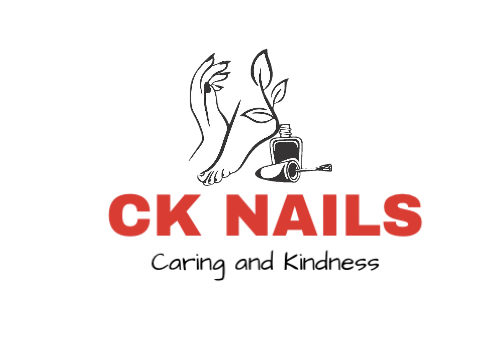***We strive to accommodate our clients to the best of our ability. All of our appointment confirmations are sent via text. Please honor your appointment. If you must cancel or reschedule please do so at least 24 hours before your appointment time to avoid a cancellation fee.
A 50% cancellation fee will be charged for an appointment that is canceled less than 24 business hours before the appointment time.
Nail Enhancements
A nail enhancement is any material that can add length or strength to the natural nail. There are several options for nail enhancements, but for our purposes, we’ll break them down into four categories. Acrylics, Hard and Soft Gels, Fiberglass/Resin Wraps, and Dip Systems.
Acrylic enhancements are applied with a brush dipped in a sometimes strong-smelling liquid monomer and then a powder, and shaped onto the nail. Liquid and powder enhancements cure without a light, and once hardened and cured, are quite strong.
Dipping Powder systems have been around for many years, but are gaining in popularity because of their novelty, and in some cases, creative marketing as a “non-damaging” nail enhancement system. Dip systems begin with the application of a cyanoacrylate resin “glue” to the nail plate, and then the finger tip is dipped into a container of acrylic powder, and the process is repeated until the desired thickness is achieved. Since there is no liquid (monomer) used, dip systems are low odor, and can be soaked off with acetone. Dip system enhancements are also generally more flexible and are similar in consistency to a gel enhancement. Dip system powders come in many colors, and can also be done in ombré style or a traditional pink and white French application.
There are two kinds of gel used for enhancement services: “hard” and “soft” gels:
Gels are cured in a lamp that emits UV light, whether it contains florescent bulbs or LED bulbs. All gel products are generally applied with a brush and floated onto the natural nail as an overlay, or used to extend the nail over a tip or sculpted onto a nail form.
Hard gels have a low molecular weight and a high resistance to solvents such as acetone, and therefore must be filed off of the nail to be removed.
Soft gels have a high molecular weight and a low resistance to solvents, meaning they can be soaked off with acetone. An example of a soft gel is gel polish.
Silk/Fiberglass nail enhancements, a very thin, flexible fiberglass fabric, made of long strands of actual melted glass that is woven into thread-like strands which are woven into a fabric. The fabric is applied via a self-adhesive backing, to the natural nail. Then, the cyanoacrylate resin is applied.
This type of enhancement is ideal for an overlay, when a client has trouble growing natural nails to any sustainable length.
For optimal result, a maintenance visit every two or three weeks is recommenced.
